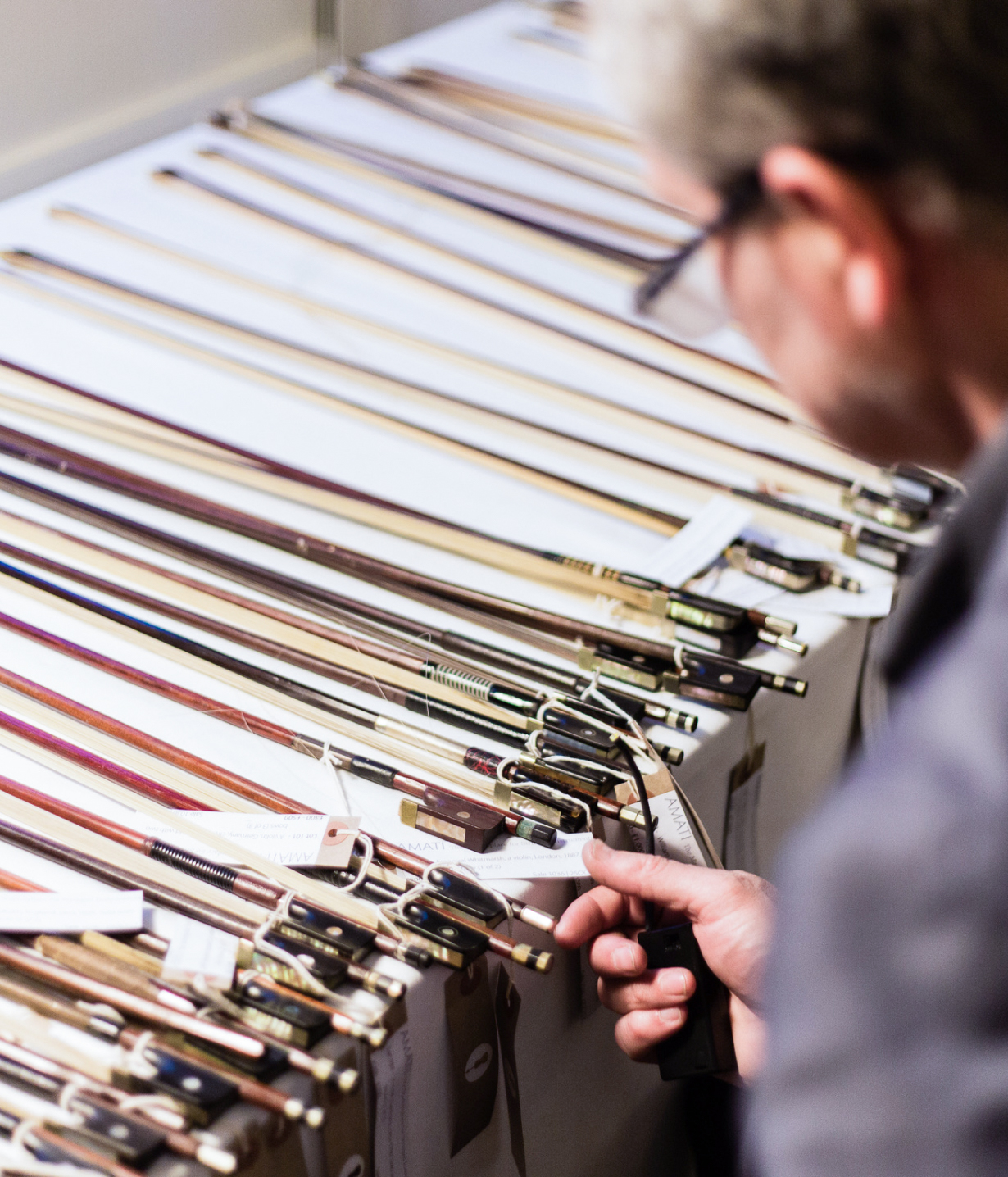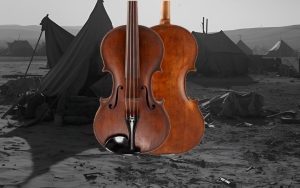What is an Expert?

The Amati Glossary of Useful Auction Terms (Ex-Z)
Expert
Few and far between – and often found where you wouldn’t expect it. We use consultants who are experts in fairly specific fields of musical instruments. Usually expertise is gained over many years, vast exposure to instruments and the market. Although I could call myself an ‘expert’ (and am content to call myself a specialist), I am aware enough to know that there are people in the field I couldn’t hold a candle to. Happily, quite a few of these are friends and every long, boozy dinner is a pleasure and an education.
Hammer price
This is the amount that a buyer has successfully bid for an instrument. This is net and does not include premium and VAT etc.
Lot
A phrase from the history books. A lot is an item or collection of items that is sold (or bought) as a unit at an auction. A violin and bow might constitute two items, but, where the bow has no great value, we bundle them together to form a ‘Lot’. Most of our auctions have between 150 – 200 lots.
Private sale
Sometimes clients prefer to sell their instrument by private sale. This, effectively, means that the auctioneer is acting as a broker – or dealer. We find a buyer prepared to pay the price that the vendor requires. This can take some time as the process is usually discrete, and by its nature it is less public than the auction process.
Reserve
This protects the violin from being sold for less than the vendor wishes. Legally, we cannot sell an instrument for under the reserve without permission from the vendor. Technical developments over the years also mean it is near impossible for this to happen. The reserve usually dictates the estimate as it cannot be higher than the lowest estimate. We cannot put £3,000 reserve on a violin with a low estimate of £2,000. It is misleading and probably illegal.
Sale
An auction. At the point of writing this article, Amati are on sale 40. Each sale is numbered. Some live in the memory for longer than others. In the Olden Days at Christie’s, we even gave the auctions a name, but those days are long past.
Specialist (see Expert)
Me. And others. Mostly me.
Valuation (see Appraisal)
Value (verb and noun)
As you will see from the alternatives below, this is a vague term. There are so many different ways in which you can value an instrument that the term itself becomes almost meaningless. Because of the large differences between valuations at Auction and valuations for Insurance, there can be a fair degree of confusion. I hope I manage to explain this below. The main thing to bear in mind is that, despite our best efforts, there is always a degree of subjectivity to valuing an instrument. We are not dealing with gold or silver, which has a publicised market rate, and minimal variations in quality and composition.
Insurance value
A real head-scratcher. Generally, I base an insurance valuation on the auction value, double it, then add a smidge. This reflects the fact that a professional musician doesn’t have the luxury of waiting for the next auction (one which may not even feature the maker they are after), and will be in a terrible negotiating position when the time comes. Variables in this – just to make my life harder – are local market conditions and whether somebody actually would replace like with like.
Probate value
We often sell instruments on behalf of the estates of the deceased. Often this is a situation where the legatee has been left as much ‘a problem’ as an asset. Attributions can fade over time, previous valuations can be found to be on the fantastical side. Our job is to bring clarity to the situation, ascertain attributions where possible, and provide a valuation for probate that would satisfy Her Majesty’s Revenue and Customs.
Valuation day
We travel the world looking at instruments. We do this – mostly – by offering free valuations for people’s violins, violas or cellos. So Amati books an hotel, sticks me on a plane and, when I arrive, I spend the day chatting to clients, looking at their violins and giving a rough idea of auction or insurance value. Most of the time, clients are grateful and leave with their instrument and a slightly larger store of knowledge about it. The remainder choose to consign their instruments, which we are then able to sell in future auctions for the benefit of both parties.
White (ref. in the white)
Violins can be made in one country and then shipped to another without being varnished. A different maker can then apply their own varnish. These violins without varnish are ‘sold in the white’. It is a faintly poetic name for a fairly practical process.
World record
Amati have made loads of them. Thankfully, the nature of inflation and currency fluctuations, plus the huge numbers of buyers who attend our auctions (both online and physically), mean that most sales achieve some form of world record or other.
Perhaps the record with which we are most happy is that of instruments sold. Over the course of a year, the average number of instruments that sell through Amati is rarely less than 90%. On one hand, this means fewer disappointed vendors and, on the other hand, reassures me that our estimates are competitive.




